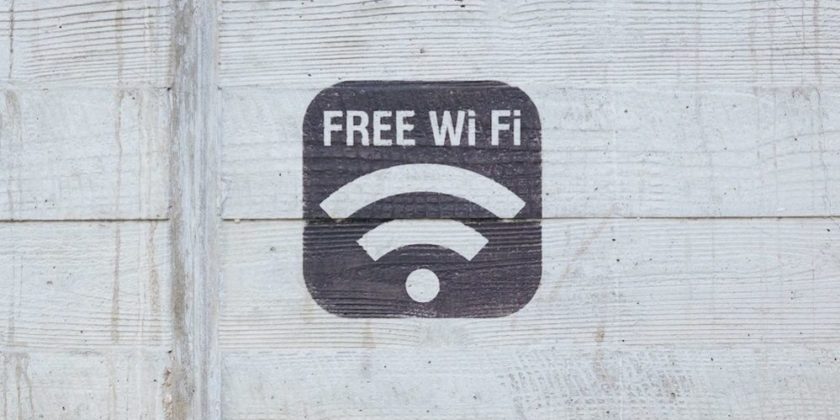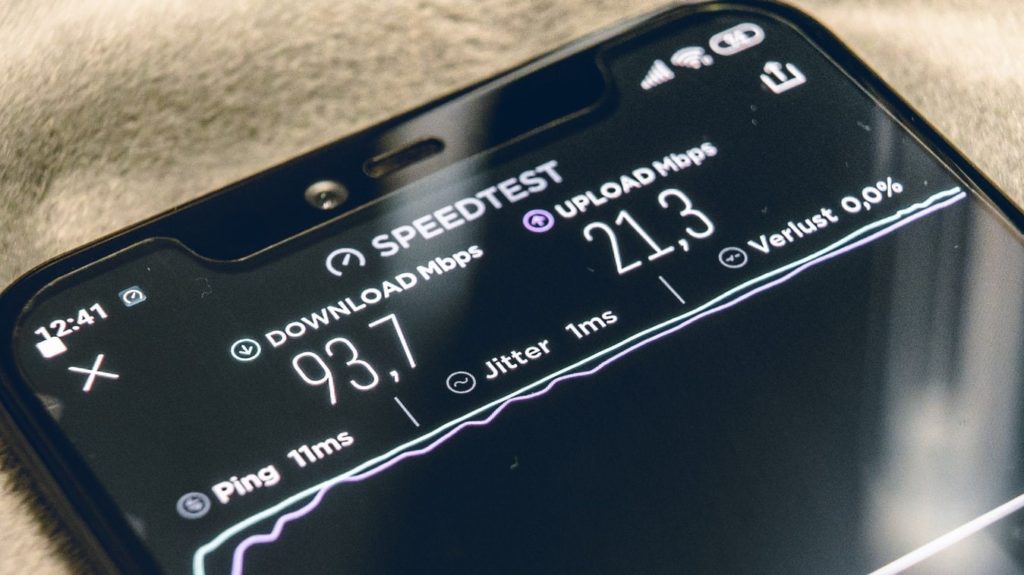How to Boost a WiFi Connection

Written by: Caleb Hill

If you came to this article, you're probably one of the unfortunate ones who more often suffers from a weak WiFi signal. Therefore, you are not the first to look for tips to solve this problem. Hopefully you are one of the last with the rise of fiber optics and 5G.
However, until at least one of these two options is achievable in every household, I will try to guide you through this period of despair with this guide. Amplify your WiFi signal: you'll learn it here!
What causes a weak WiFi signal?
To find out how to improve our WiFi signal, it is useful to know how a weak signal is created in the first place. Therefore, I will first discuss with you the most common causes of this by talking about solutions!
Distance
A WiFi signal is just a form of communication between a transmitter and receiver via radio waves. Compare it to a conversation between two people. If these two people are in the same room (of a bridgeable size), they can have a conversation at normal volume. If one of the two people is in the attic while the other is on the first floor, a lot of shouting is immediately involved.
A WiFi signal works in a similar way. One of the most common causes of a weak WiFi signal is distance. Wireless routers and access points are limited to broadcasts with low power consumption to avoid interference with other equipment, which limits the effective range of wireless routers and indoor access points to about 30 meters.
Newer 802.11n WiFi products can slightly extend that range, but if you need a reliable network over a large area, it's best to use additional wireless routers or amplifiers to extend your range. The closer you are to a receiver, the stronger your signal will be.
House layout
If your WiFi signal mysteriously disappears in certain rooms, this may be due to the construction of your house.
Especially thick walls attenuate WiFi signals, as do certain types of building materials. In some older houses that contain gypsum and batten walls, a metal mesh in the wall disrupts just about any WiFi signal that wants to pass through it, significantly reducing signal strength or completely blocking the signal.
By moving your router and amplifiers around the house, you can pinpoint the exact problem areas. You can also place equipment in certain configurations to avoid signal interference once you've identified the problem areas.
Other WiFi networks
Another source of WiFi signal problems is interference. Wireless devices have the ability to transmit and receive on different, separate channels, but in many cases they shift from the factory default to a single standard channel.
This can mean that different wireless sources in a small area, such as an apartment building, are all competing for a spot on the same frequency band. If you unexpectedly encounter weak WiFi signals and detect other networks in your immediate vicinity, try switching to other channels to find a less crowded part of the spectrum. I will of course come back to this!
Malfunctions caused by other equipment
You can also find periodic signal problems caused by interference from other, non-WiFi devices. WiFi operates over the 2.4 GHz band - just like cordless phones and some remote-controlled alarm products.
Therefore, when these devices are active at the same time, they can reduce your WiFi signal strength due to interference. In addition, microwaves can cause significant interference in the frequency range of wireless devices, completely disrupting a WiFi connection.
Placing your wireless nodes and devices away from such interference can improve the signal strength. However, in the event of repeated problems, it is likely that you will need to replace older devices with modern, wireless-friendly alternatives or switch to the 5 GHz band available for 802.11n products.

How can you boost your WiFi signal?
We divide the solutions into two sections:
- Free options to boost your WiFi signal
- Paid options to amplify your WiFi signal.
Free WiFi signal enhancement
The location of your WiFi router
First, we recommend that you place the router in a high, central location (such as on a closet). Often the wireless modem or router is placed in the meter cupboard because then it is nicely out of sight. However, the meter cupboard is the most unfavorable place in the house to place any kind of wireless transmitter.
Try to bring the device as close as possible to your receivers and if it has external antennas on it, try rotating them to see if this leads to improvements.
Measure your WiFi speed with an app
To accurately measure the signal, download a Windows program, such as Netstumbler. Use a laptop with which you can walk around the house to measure the signal. Besides Netstumbler there are also many free apps like Network Analyzer on iOS and Android for use on a smartphone.
These handy programs show you how good the reception is in a certain place and where it disappears. By moving the transmitter or rotating your antennas, you can quickly see on the spot whether the situation improves or not.
Adjust the frequency or channel
A third option is to adjust the frequency or channel. Both can play a role in the quality of the WiFi signal. For example, a 2.4 GHz signal passes through ceilings and walls easier than a 5 GHz signal.
When it comes to channel selection, for 2.4 GHz it is often recommended to use channels 1, 6 or 11. These channels overlap less than other channels, so there is less chance of interference from other wireless networks. Test different channels in combination with the above mentioned Netstumbler software to see which is the best channel.
Amplify your WiFi signal with paid options
WiFi-versterkers of -repeaters
The amplification of a WiFi signal is usually done via a WiFi amplifier, also called a WiFi repeater. This is the cheapest and easiest way to amplify a WiFi signal. The WiFi amplifier must be placed at a point where you still have sufficient range. The amplifier picks up your signal and retransmits it as a kind of intermediate station.
A big disadvantage is that a WiFi amplifier cannot transmit and receive at the same time. It switches very quickly between sending and receiving, which halves the speed of your WiFi signal. Moreover, the more equipment connected to the amplifier, the slower your wireless speed becomes.
However, if you only connect one or two devices to it and you don't want to spend a lot of money, I definitely recommend trying out a WiFi amplifier!
Access points
Instead of a single stronger router, it is often better to use the current router and connect separate access points to it. The WiFi part in the router can be turned off, after which you let the access point do the heavy work. An access point is specially designed to only process the wireless signal.
All hardware in the device is designed to get the best WiFi results. When one access point is not enough to create WiFi coverage throughout the house, add multiple access points for better coverage.
New router
Doesn't the above work? Then you can still go for a newer, stronger router. As I said above, many routers are produced in such a way that they can be used legally in other countries. So their transmission power is often too weak for the average Dutch house of stone and metal.
Again, however, keep in mind that reception power also plays a role. So make sure you make sure this is correct before upgrading your router.
This upgrade can help in that case, because the standard modems of for example Ziggo and KPN give a very weak signal. A WiFi router with a higher transmission power can therefore offer a solution for more range. Especially for an apartment, only a router upgrade is a good choice, because it does not need to route the signal over multiple floors.
The best WiFi router takes you much further than a standard WiFi modem. The better WiFi routers not only have a higher transmitting power and a higher reception sensitivity, but they also use all kinds of extra techniques for a better WiFi signal.
Conclusion
Have you succeeded in amplifying your WiFi signal with one of the above tips, or do you have any advice that you would like to be mentioned? Please let us know! We'd love to hear from you. Thanks for reading!
